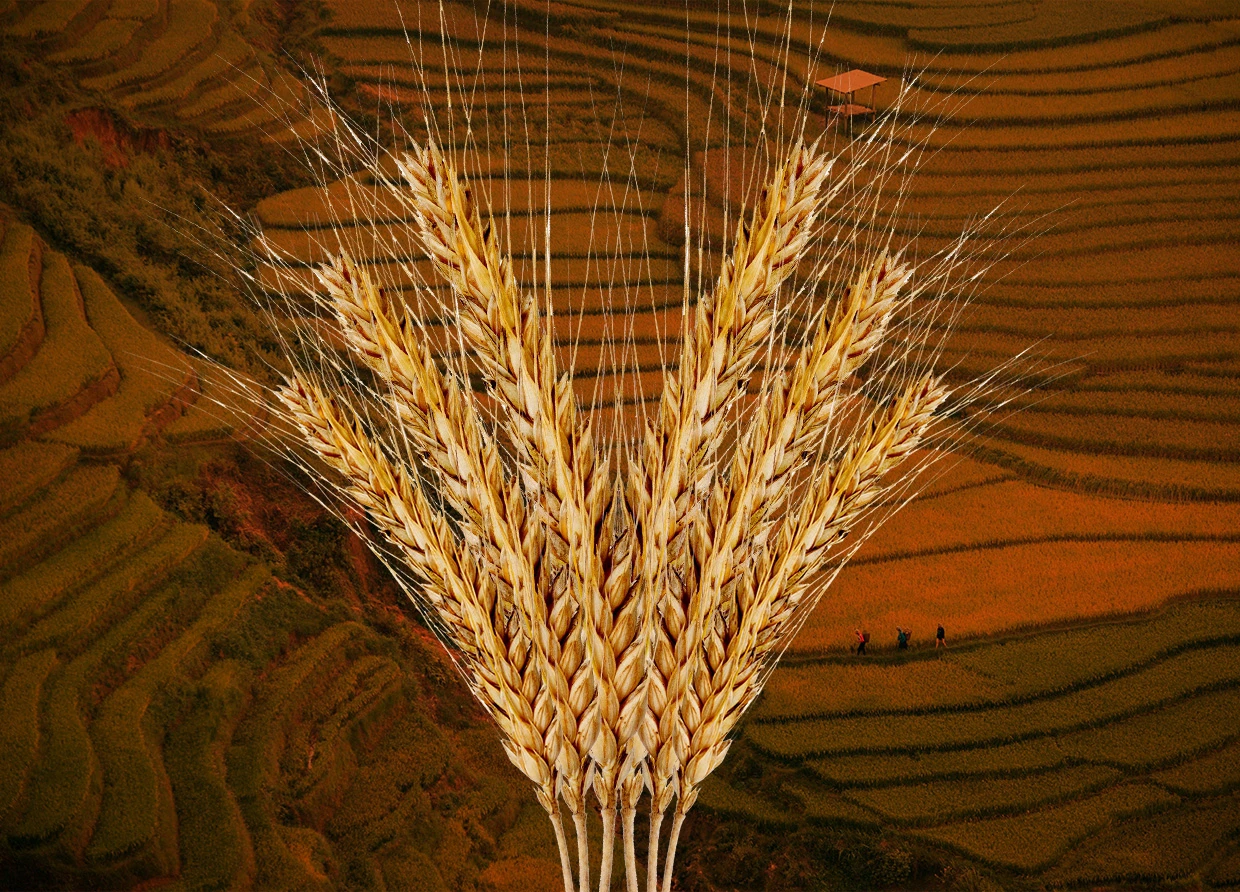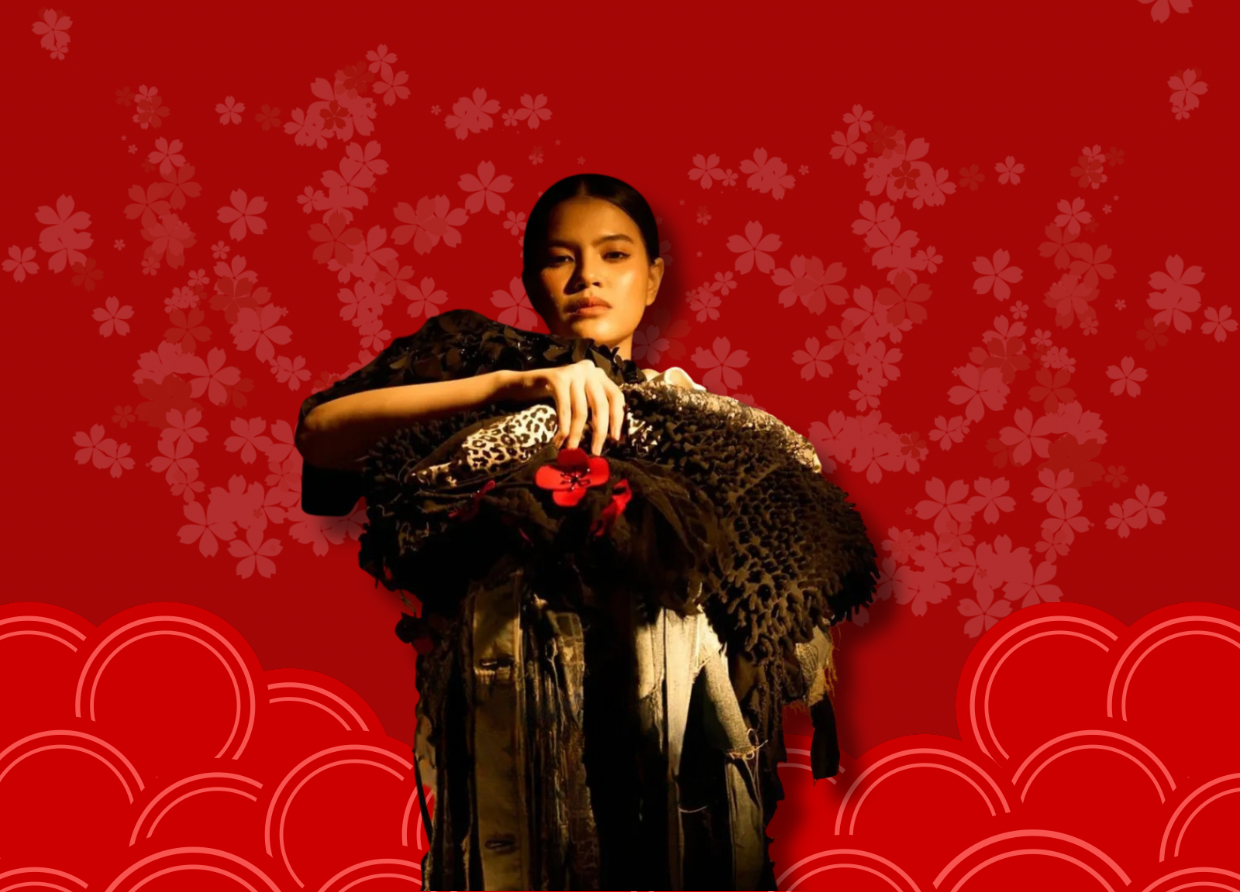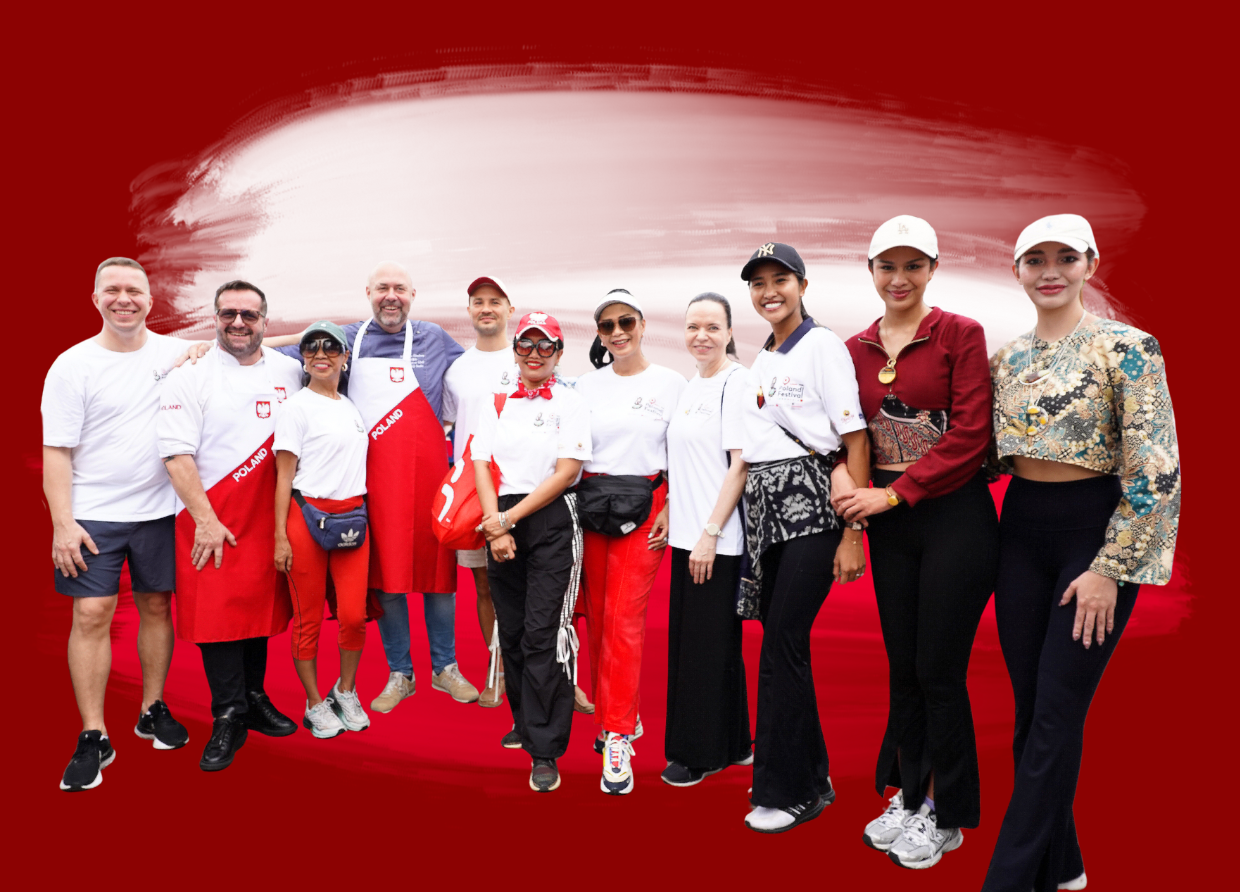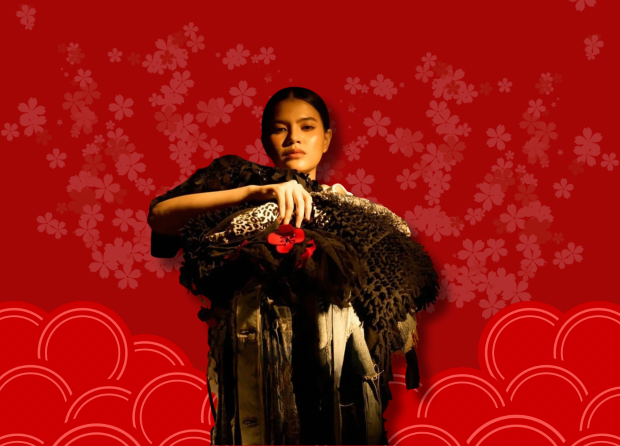RICE VS SAGO: THE QUESTION OF INDONESIANS' FIRST STAPLE FOOD (PART 1)
Our ancestors brought rice along when they moved out of Taiwan — but was it really our first staple food?

This is part one of a two-part article. In this part, we present the argument for sago being the original staple food of the ancestor of the people that now inhabit Indonesia.
Back in 2015, sago researcher Prof. Nadirman Haska made a surprising claim that said rice is not the original staple food of the ancestors of the Indonesian people. Rather, it was sago, which is most commonly associated with the people that inhabit the island of Papua. He argued that sago had long been the staple food of the people that inhabit the Nusantara archipelago before the rice was imported from India. Yes, you read this right. He claimed that the rice that we know and love came from India.
He argued that there are reliefs carved on the walls of the Borobudur temple that show how our ancestors lived when the temple was being built in the 7th century during the reign of the Sailendra Dynasty. Pictured on the reliefs, along with coconuts and palm sugar, was sago.
"Sago is the original staple food of Indonesia. [The evidence] is carved on the walls of Borobudur. The Indians brought rice here when they established Hindu kingdoms," the professor was quoted as saying by Detik.com.
View this post on Instagram
He argued that his claim is backed by linguistic evidence. He insisted that the fact the Sundanese word for rice is "sangu" and the Javanese word is "sego" supports his hypothesis. He stressed that both "sangu" and "sego" originally referred to none other than sago.
"Long before we began eating rice, we ate sago," he added.
One of the prominent supporters of the hypothesis is the renowned nutritional neuroscientist and medical doctor Tifauzia Tyassuma. She voiced her support in her book "Nutrisi Surgawi" (Heavenly Nutrition). The book, however, does not talk about it in great length as it mainly explores nutritional recommendations based on the foods mentioned in the Quran and her own interpretation of the human body.
"Humans have only two pairs of canine teeth, which means that meat should make only 1/8 of our diet (because we have 32 teeth)," dr. Tifa said.
Furthermore, in one of her Instagram posts, the medical doctor claimed that rice was spread throughout the archipelago by the Dutch in the 17th century. She claimed that the people of what today is Indonesia were forced to plant rice to be exported to Europe to make beer and whiskey and that our ancestors were forced to eat the rice that was not good enough to be sold.
View this post on Instagram
To be continued in Part 2.
#THE S MEDIA #Media Milenial #Rice #Sago #Sagu #History #Indonesia #Human Migration



























